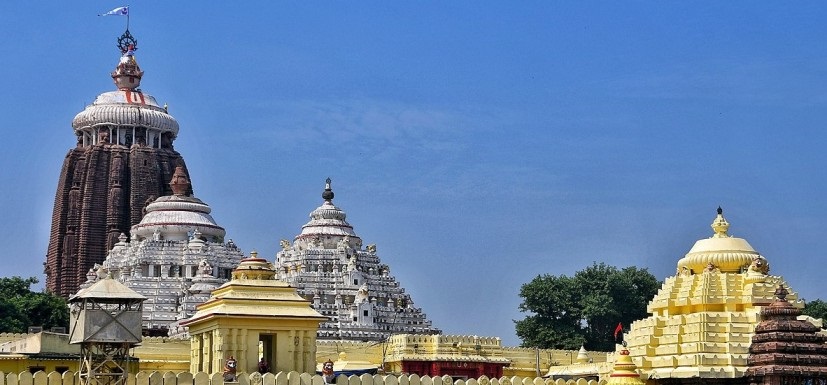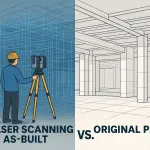Researchers Are Scanning For Damage
The Shree Jagannath Temple located in Puri in India is a 12th-century shrine, and currently, there is a project underway to use 3D laser scanning services to detect any damage. It’s a five-year plan that will help understand the shrine’s structural damage and help document it for the future. In addition, it will allow researchers to understand the structural design of the building and the architecture that was put in place. The information can be saved for future references and will help preserve this historic shrine for future generations.
Teams decided on using 3D laser scanning equipment because it is non-invasive and gentle enough to help preserve the shrine. Every year work needs to be done on this shrine, but it takes time to analyze such a historic site. 3D laser scanning can capture images faster than any researcher can, which is why it has become an essential part of this project.
Many projects and researchers have adopted 3D laser scanning services to analyze and observe a scene. This tool has expanded in unexpected areas but has helped study and renovate historical sites. This five-year project will focus on the main temple and 136 subsidiary shrines.
How do you 3D laser scan a temple?
3D laser scanning sounds complex, and the programming can be hard to understand for the average person. However, one of the best things about this technology is that anyone can pick up the device and scan something even if you do not know how it works. These devices have come a long way since the 1960s and have developed into easy-to-use tools.
You will find that most 3D laser scanning devices work by projecting points that are analyzed through a partnering system. These points are called cloud points. These points are data in space that represent an object. The 3D laser scanning will capture all of these points through pictures or laser beams. The pictures will be taken rapidly, sometimes thousands per minute, and collect basic details of an object or scene. The lasers are roaming over the object, collecting the distance the beam travels and reflects back.
One of the most remarkable features is that this device can collect information on skyscrapers if necessary. One person can hold the 3D laser scanning equipment and scan an entire room from floor to ceiling. If the outside of a building needs to be scanned, they can use a drone to help capture every inch of the building.
There are now so many types of 3D laser scanning a team has options to choose from when scanning a historical site. They can find one that best suits their needs and is easy enough for the entire team to use.
Final thoughts
Though this project has just begun, this could help preserve the temple and preserve the surrounding area’s culture for future generations. In addition, 3D laser scanning has proven to be a useful tool when evaluating structural damage, and we will see many more teams decide to use this equipment.







